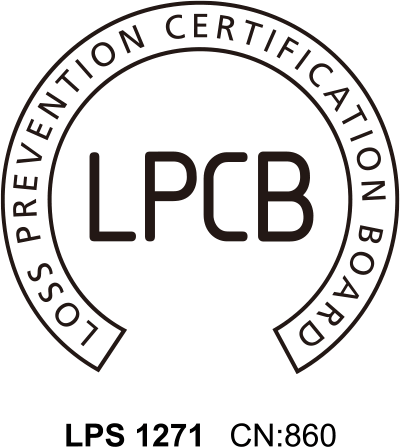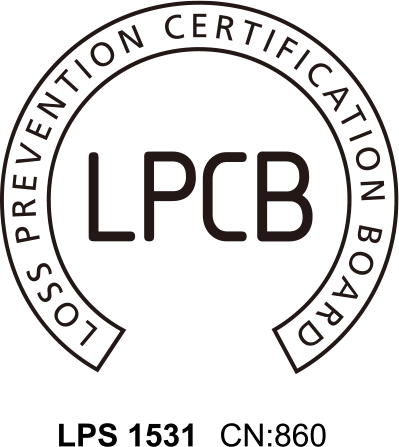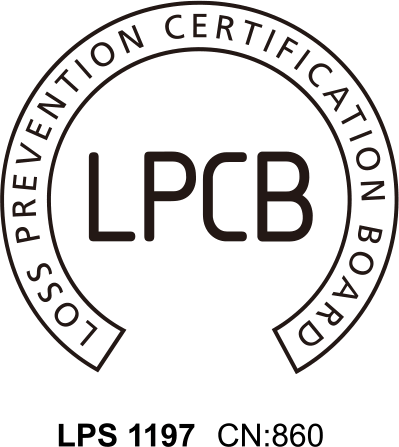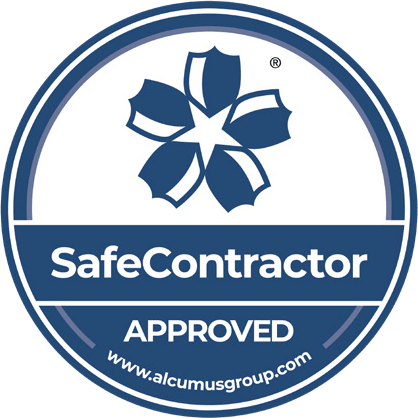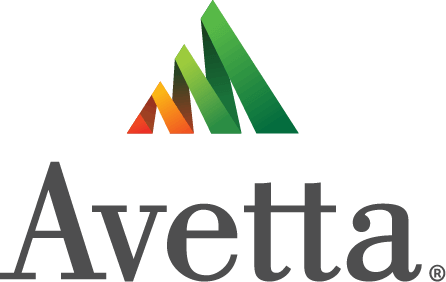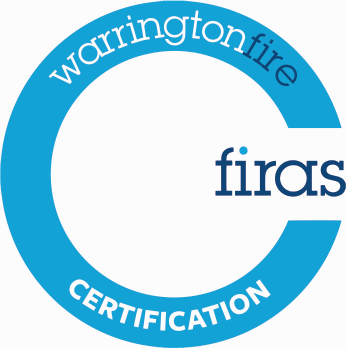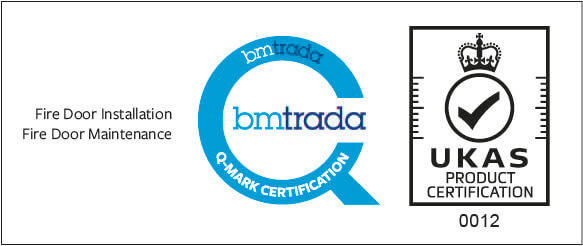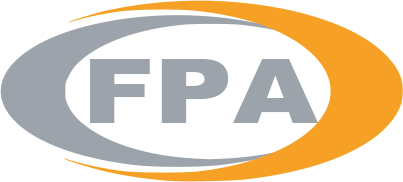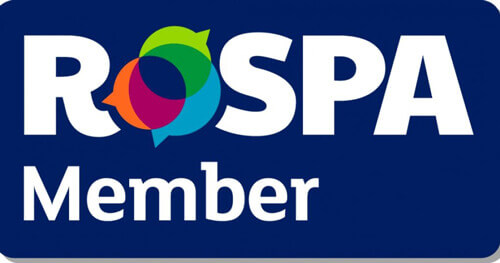Simplifying the Fire Safety Act
At Southwark crown court, Judge Jeffrey Pegden ordered Southwark council to pay a £270,000 fine plus £300,000 costs.
London fire brigade (LFB) brought the prosecution against the council, which was the landlord of the 14-storey block of flats at the time, after inspectors visited Lakanal House in the wake of the fire.
The most egregious shortcomings identified was a failure to conduct a fire risk assessment, deficiencies in fire-resistant structures and materials between each maisonette staircase and shared internal doors, a lack of compartmentation in false ceiling structures of shared corridors and an absence of fitted intumescent strips and smoke seals on fire doors.
Do you find the fire safety act daunting?
Do you need help to determine if your workplace is compliant with fire safety legislation?
What is the Fire Safety Act?
The Regulatory Reform (Fire Safety) Order 2005, also known more commonly as the Fire Safety Act, is an order that states that anyone with responsibility for a business must ensure reasonable steps are taken to ensure the risk of fire is reduced and that in the event of a fire, people can escape safely.
Almost every type of building, structure or public space is subject to the order. It does not, however, apply to domestic dwellings, unless it is a HMO (house of multiple occupancy).
Who's responsible?
Basically, anyone with control over business premises or other non-domestic premises is responsible for ensuring the fire safety order is met.
You’re responsible for fire safety in business or other non-domestic premises if you’re:
- an employer
- the owner
- the landlord
- an occupier
- anyone else with control of the premises, eg a facilities manager, building manager, managing agent or risk assessor
- You’re known as the ‘responsible person’. If there’s more than one responsible person, you have to work together to meet your responsibilities.
The Fire Safety Order also applies if you have paying guests, eg if you run a bed and breakfast, guesthouse or let a self-catering property.
Anyone with control over business premises is responsible for ensuring the order is met.
Those who possess control include:
The employer for those parts of premises staff may go to;
- The managing agent or owner for shared parts of premises or shared fire safety equipment such as fire-warning systems or sprinklers;
- The occupier, such as self-employed people or voluntary organisations if they have any control; or
- Any other person who has some control over a part of the premises.
Non-domestic premises are:
- all workplaces and commercial premises
- all premises the public have access to
- the common areas of multi-occupied residential buildings
What are the Requirements of the Act?
First and foremost, a suitable and sufficient Fire Risk Assessment needs completing. A Fire Risk Assessment will evaluate the condition of your premises, the contents of the building to identify potential fire hazards, sources of ignition and combustible materials, and the escape routes in the event of a fire.
The assessment should also take into consideration who works in the building and where, current fire safety signage, existing protocols for fire prevention and management, and fire safety equipment onsite including its condition and maintenance. The Fire Industry Association recommend you update your FRA every three years to stay compliant with fire safety regulations.
Once a risk assessment has been undertaken, the next thing to consider is how any identified risks can be reduced, or if possible, completely removed. Usual fixes include:
- Replacing highly flammable materials with less flammable ones
- Eliminating ignition sources from areas where flammable materials are present
- Implementing a safe smoking policy
- As an absolute minimum, the following must be considered during a risk assessment
As the responsible person you must:
- carry out a fire risk assessment of the premises and review it regularly
- tell staff or their representatives about the risks you’ve identified
- put in place, and maintain appropriate fire safety measures
- plan for an emergency
- provide staff information, fire safety instruction and training
Alterations, extensions and new buildings
When building new premises or doing building work on existing premises, you must comply with building regulations. This includes designing fire safety into the proposed building or extension.
So, Does my Workplace Meet the Order?
We hope this summary helps you to understand if your workplace is meeting the requirements of the Fire Safety Act.
You must ensure that all the fire safety equipment in your workplace is fully operational and in perfect working order, so in the event of a fire, you and your colleagues minimise the risk of damage and loss of life as much as possible.
Penalties and enforcement
You could be fined or go to prison if you don’t follow fire safety regulations.
If you need any help or advice in determining whether you’re meeting the requirements of the Fire Safety Act, don’t hesitate to contact us. Checkmate Fire can organise a site survey, or if you don’t have a fire risk assessment, or one that is ‘suitable and sufficient’ send us your details and we’ll be in touch.
